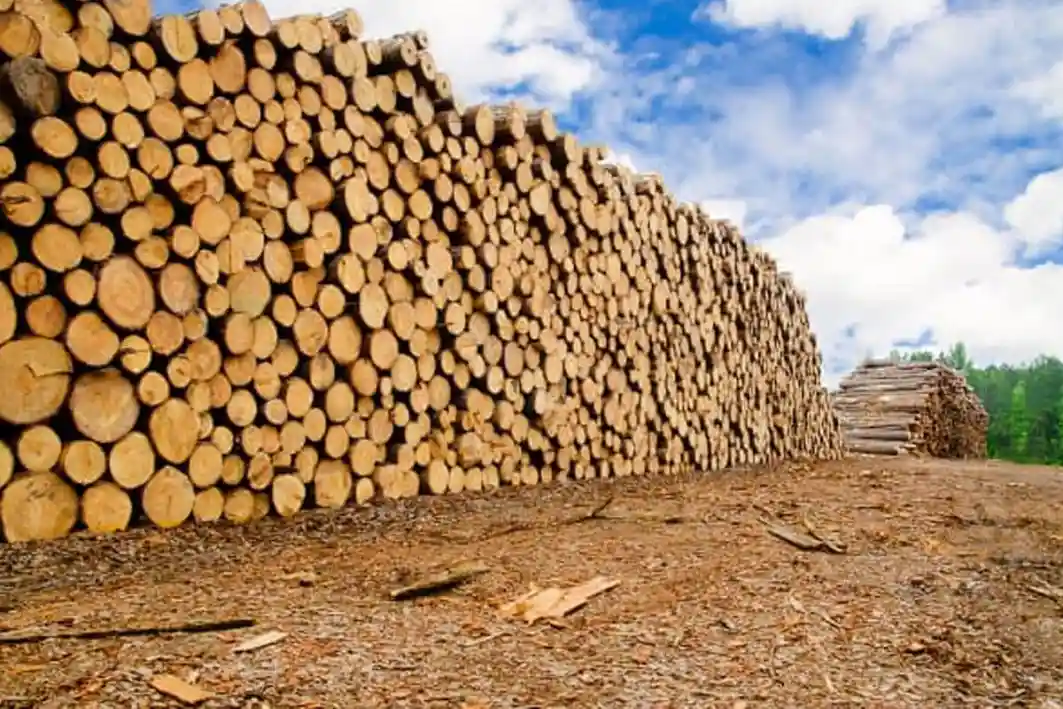Hereby I will explain the problematics related to pulp-and fuelwood measurement. Timbeter has developed new functionality for automatic coefficient assessment to measure the volume of pulp-and fuelwood. Hopefully this will make timber measurement less stressful to all as it is reliable and affordable.
Different assortments of roundwood are measured by different ways. Saw logs are mainly measured piece by piece, and their volume achieved by using formulas or volume tables. Pulp logs are measured in piles and pile volumes are estimated.
There are different methods for measurement of pulpwood piles
The gross volume of a pile is calculated according to its dimensions. Volume of timber is calculated by using solid volume coefficient that is subjectively estimated to every pile by measurer. The method needs minimum expenditure to measurement equipment but requires highly skilled person to measure. High skill is needed for timber coefficient assessment in stacked pulpwood measurement.
The measurement method is cheap and consumes time approximately 5-15 minutes per a truckload, but the subjectivity in the measurement process reduces its reliability. After Heiskanen (1973), the coefficient of solid volume with bark in pulpwood piles varies normally in borders 0,54 to 0,69 in case of 3,O m long coniferous pulpwood and in borders 0,45 to 0,61 in case of 3,O m long pulpwood of broadleaves. The subjectivity factor is often eliminated in ordinary pulpwood measurement practice by using the same average constant of solid volume coefficient for every load of pulpwood.
This simplification involves reduced accuracy of measurement (using the coefficients from Heiskanen (1973), error of estimation is *12 % in the case of coniferous pulpwood and *15 % for broadleaves pulpwood.

Pulpwood piles are weighed on a vehicle and their volume is calculated through average density of timber. The average density is achieved by weighing and measuring pulp logs in samples.
This method needs expensive weighing equipment for vehicles and is also labour- and time consuming because each sample log must be measured manually. Timber volume is determined at the accuracy * 4 % by the method. Measurement of one load of truck or tractor approximately takes 12 minutes in the case of pulpwood and 7 minutes for saw logs (Sikanen 1993).
Volume of pulpwood piles on a vehicle is estimated using pictures of laser-beam reflections from outermost pulp logs in stacks. Through the picture analysis gross-volume of a stack and coefficient for calculating timber volume in the stack are estimated. Estimation error of the timber volume by the method is * 4 %. The method enables quick measurement of timber loads (one truck load is measured in 20 seconds) to be made but presumes expensive equipment that pays off when pulpwood flow is as big as in pulp mill (Sairanen 1993).
None of the listed pulpwood measurement methods are quick, cheap and controllable at the same time
That conclusion led to the idea of investigating totally new roundwood measurement method. I´m happy that Timbeter has finally solved this issue. Without innovation we wouldn’t be the ones, who we are today. Hopefully this will make timber measurement less stressful to all as it is controllable and therefore reliable.
